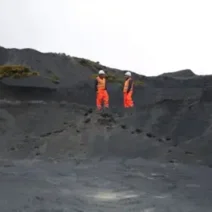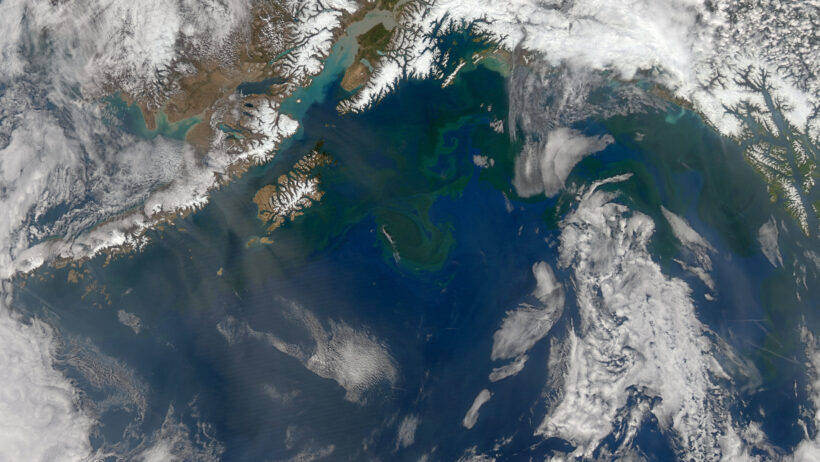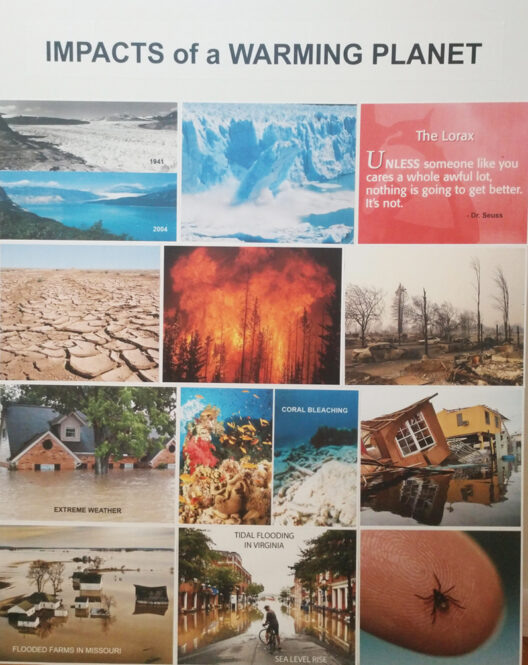Extreme weather events have become increasingly prevalent, drawing attention from scientists, media, and the public alike. The year-on-year intensification of storms, floods, droughts, and wildfires has sparked an urgent dialogue regarding the intricate relationship between these events and global warming. As our climate continues to evolve, the question arises: how is global warming fueling these catastrophic occurrences? This exploration delves into five specific instances of extreme weather events, illustrating the undeniable ties between climate change and atmospheric phenomena.
One of the most catastrophic manifestations of climate change is hurricane activity. The past few decades have witnessed a dramatic increase in the ferocity of hurricanes, particularly in the Atlantic. Warmer ocean waters serve as fuel for tropical storms, enhancing their intensity. For instance, Hurricane Harvey unleashed its fury in 2017, deluging Houston, Texas, with unprecedented rainfall. The storm’s catastrophic flooding was a direct result of warmer ocean temperatures—an alarming trend propelled by escalating greenhouse gas emissions. Moreover, the atmospheric composition surrounding the storm became more conducive to moisture retention, leading to the staggering rainfall totals that swallowed entire neighborhoods.
Equally troubling is the phenomenon of wildfires, particularly in regions like California and Australia, where drought conditions have worsened significantly. The interplay between rising temperatures and prolonged dry spells has created a recipe for disaster. In 2020, California faced some of its most extensive wildfires on record, exacerbated by dry lightning strikes that ignited parched vegetation. The infernos were not merely spontaneous; they were foreseen in a changing climate that enables longer fire seasons and heightened frequency of ignition. Moreover, the idea of “fire weather”—characterized by high winds, low humidity, and warm temperatures—has expanded, fostering conditions ripe for widespread devastation.
Meanwhile, extreme rainfall events have increasingly become a hallmark of changing climate dynamics. The heavy rains of the 2021 European floods exemplify this alarming trend. Germany and Belgium experienced tragic loss and destruction when record-breaking rainfalls led to rivers overflowing their banks. This deluge, classified as a once-in-100-years event, is now appearing with alarming regularity. Scientist’s assertions underscore a stark reality: warmer air holds more moisture, leading to heightened precipitation during storm events. Consequently, already vulnerable regions are rendered ill-prepared, suffering from the dual burden of inadequate infrastructure and the immediate impacts of climate-related devastation.
Temperature anomalies have also spurred severe heatwaves, leading to perilous health outcomes and agricultural stress. The summer of 2021 saw the Pacific Northwest endure a heatwave that shattered historical records. Cities such as Portland experienced temperatures exceeding 116°F (47°C). This extreme event was not an isolated occurrence; it was part of a broader pattern of rising average temperatures linked to global warming. Such heatwaves can induce heat-related illnesses, strain energy resources, and even disrupt entire ecosystems. The agricultural sector, too, faces dire repercussions as crops suffer from drought stress and reduced yields, threatening food security.
Lastly, the escalation of drought conditions, notably in regions like the Southwestern United States, merits scrutiny. A profound example is the relentless drought affecting the Colorado River basin. As snowpacks diminish and precipitation patterns shift under the influence of global warming, water scarcity has become a pressing concern for millions reliant on this vital resource. The resultant loss of water supply disrupts river ecosystems and heightens competition for remaining water resources among urban, agricultural, and ecological stakeholders. The dire need for adaptive water management strategies becomes ever more critical as climate action remains a global priority.
These five extreme weather events—the intensified hurricanes, rampant wildfires, unprecedented rainfall, crippling heatwaves, and severe droughts—underscore a harrowing reality. Each event is intricately interwoven with the broader tapestry of global warming, showcasing an urgent need for global reflection and proactive action against climate change. Among policy-makers, scientists, and concerned citizens alike, there is a realization that ignoring the link between human activity and shifting climatic patterns will exacerbate future catastrophes.
Ultimately, our response to climate change will shape the reality of future generations. Mitigation strategies focusing on reducing carbon emissions, incorporating renewable energy sources, and reinforcing infrastructure can temper these extreme weather patterns. Furthermore, collective awareness and engagement with local communities can foster resilience, ensuring that populations adapt to the changing climate landscape. Indeed, the fascination with extreme weather events is not merely academic; it serves as a clarion call to remain vigilant and proactive in addressing the climate crisis that is reshaping our planet.
In conclusion, delving into the confluence of global warming and extreme weather reveals the pressing need to harness knowledge and innovation as instruments for change. Each of these extreme events illustrates the complexities and challenges that arise from our ongoing relationship with the planet. As we navigate this uncharted territory, a commitment to understanding and addressing the impacts of climate change has never been more critical.







